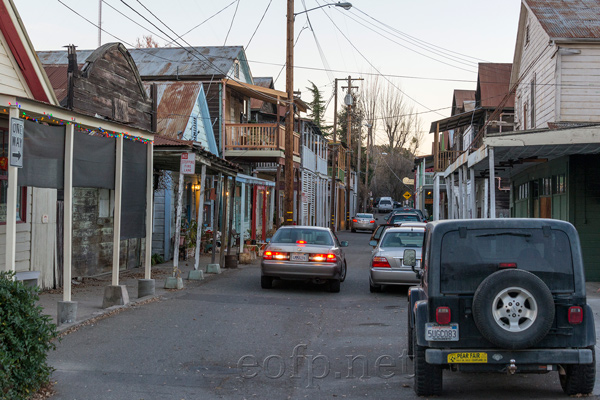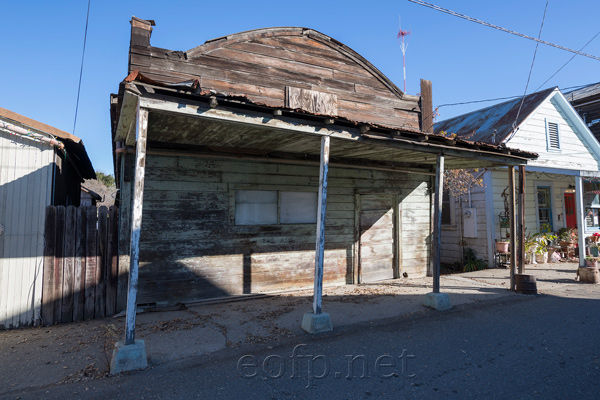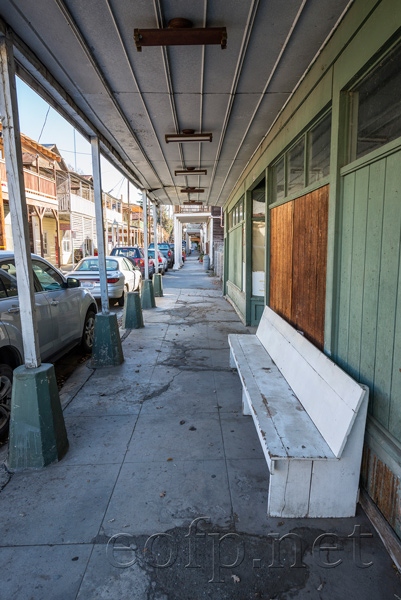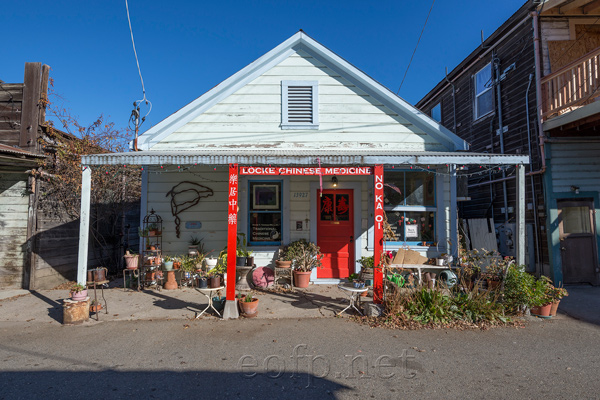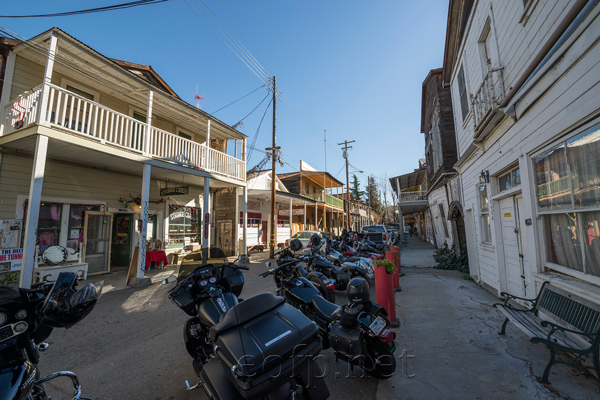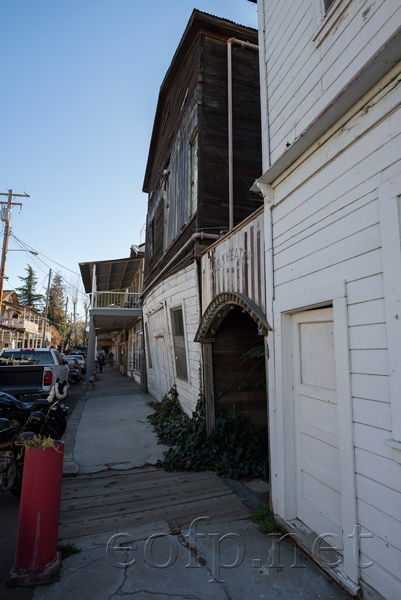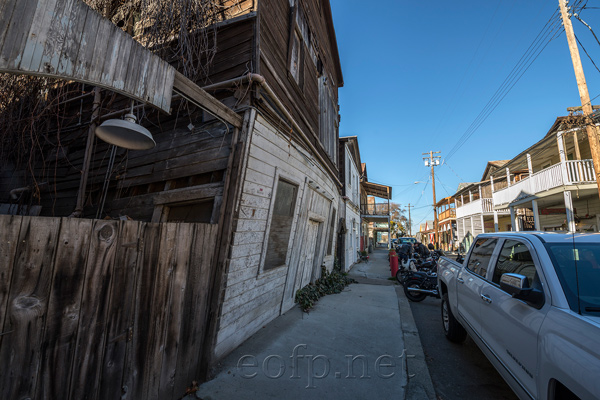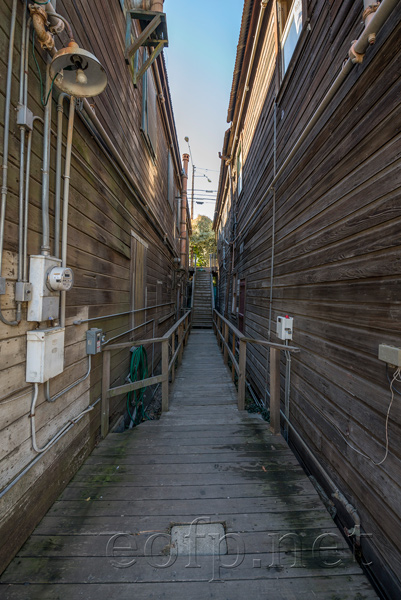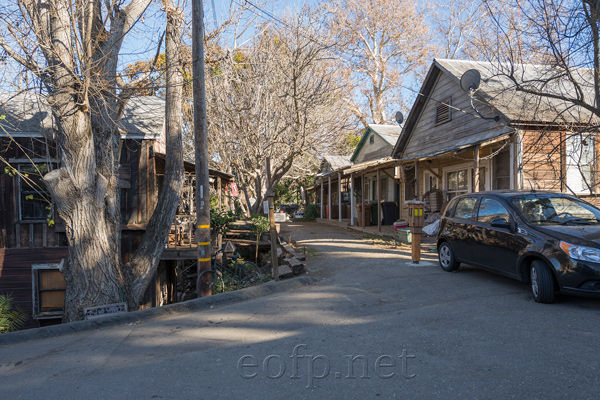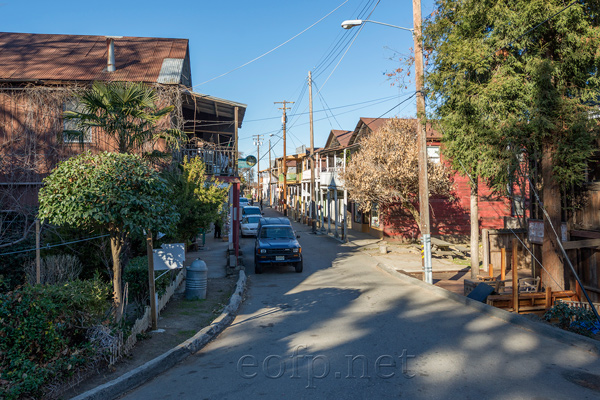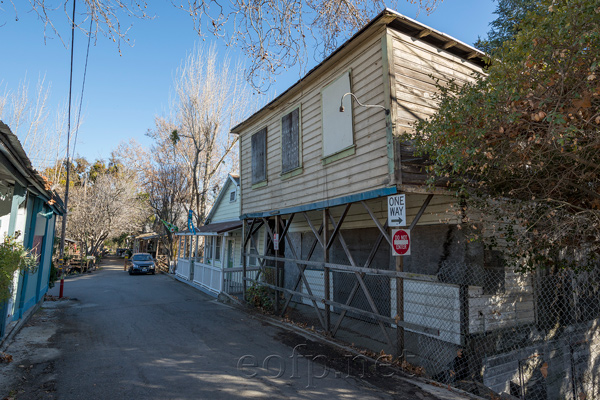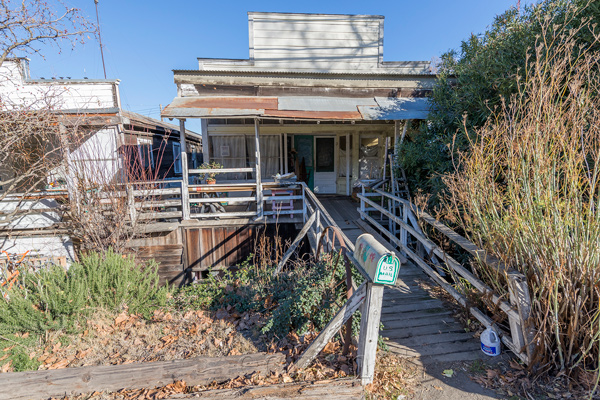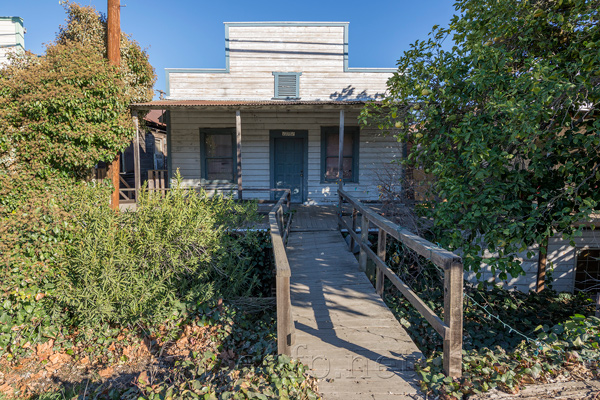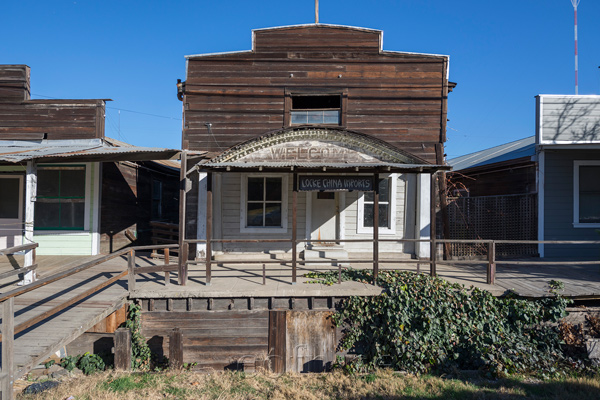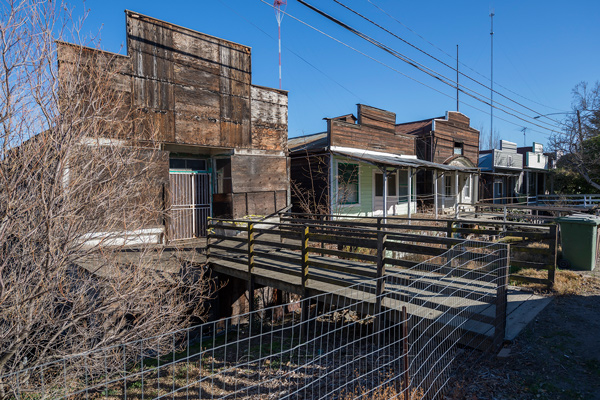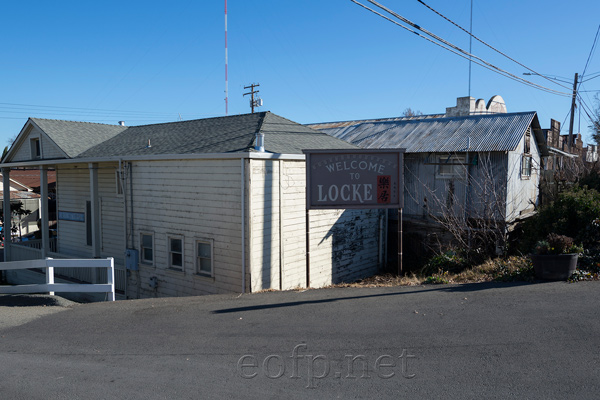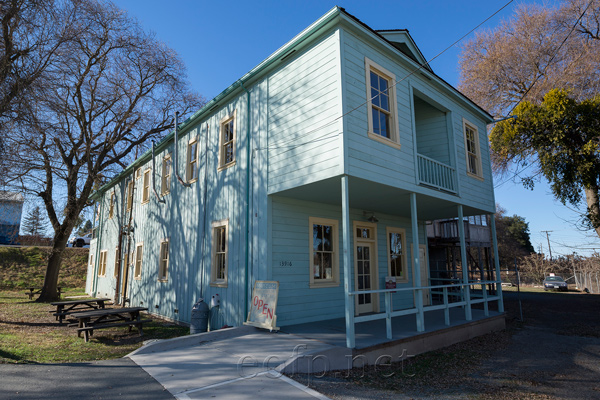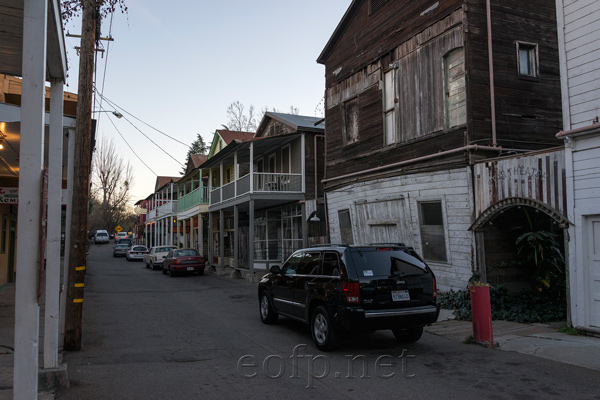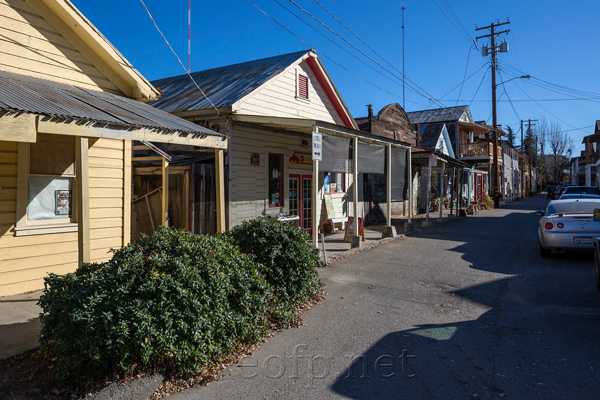5/29/2014
Locke California
Locke California
Locke is a very small and very densely built former Chinese ghetto in the Sacramento Delta. Most of the buildings in Locke were built from 1912 to the 1930s. The town was originally built by and inhabited by Chinese but now has few Chinese residents. Locke's history, state of preservation and built environment are completely unique. Locke receives a small and growing amount of tourist traffic but is still unknown or ignored by most of the residents of the nearby Sacramento and Bay areas. Locke was designated a National Historic Landmark in 1990. Most of the homes and buildings in Locke are occupied including many of the apartments above the Main Street store fronts. Locke's current population is (probably) in the hundreds. This is much less than it's peak population of over a 1,000 in the 1920s but Locke is still very much a living town. The census population figures for Locke are not separated from near-by Walnut Grove.
Locke California
Locke was built on land leased from George Locke beginning in 1912. At that time, due to the Chinese Exclusion Act of 1882, Chinese people were not allowed to own land in the state of California. The town was built by Chinese who had come to work on Levee construction projects and as agricultural laborers. As the community took root, more and more Chinese moved from the near-by communities of Walnut Grove, Isleton, etc. The Chinese isolated themselves to avoid persecution. Many moved to Locke after the Chinese area in Walnut Grove burned down 1915. Because the land leased from George Locke was a fixed size and because of the prohibition on land ownership for Chinese people -- the community could not expand geographically. As a result of this Locke, which is surrounded farms and undeveloped rural land became incredibly dense. The leased plot was only 14 acres and during the 1920s Locke had a population of well over 1,000. The Chinese population in Locke declined after the repeal of the Chinese Exclusion act in 1943. The land under Locke was purchased by the Sacramento Housing and Redevelopment Agency in 2000. The SHRA then gave the subdivided land to the owners of individual buildings in 2004.
Locke California
The construction of the buildings in Locke is interestingly anarchic and ad-hoc. Plumbing pipes are installed on the outsides of buildings. The materials used to build were cheap and in some cases salvaged. The town is built entirely out of wood and incredibly has never burned down. It's a testament to the resourcefulness and ingenuity of it's builders. Locke's state of preservation is incredible if accidental. It has not been "improved" or altered much over the years and doesn't seem to have lost many of it's original structures.
Locke California
There are a few and growing number of stores open in town catering to the trickle of tourist traffic and locals. There is also a small museum and a parking area for visitors with rest rooms. Right next to Locke is historic Walnut Grove. The historically interesting towns of Cortland and Isleton are also close by.
Locke California
Locke California
Locke California
Locke California
Locke California
Locke California
Locke California
Locke California
Locke California
Locke California
Locke California
Locke California
Locke California
Locke California
Locke California
All content on these pages Copyright Mark Hedlund 2012-2019. All rights reserved. Use in school projects and with links on social media is always okay. Please send me an email to request permission for any other use: hedlunch@yahoo.com Non-exclusive commercial publication rights for most photos is $25 per image.

